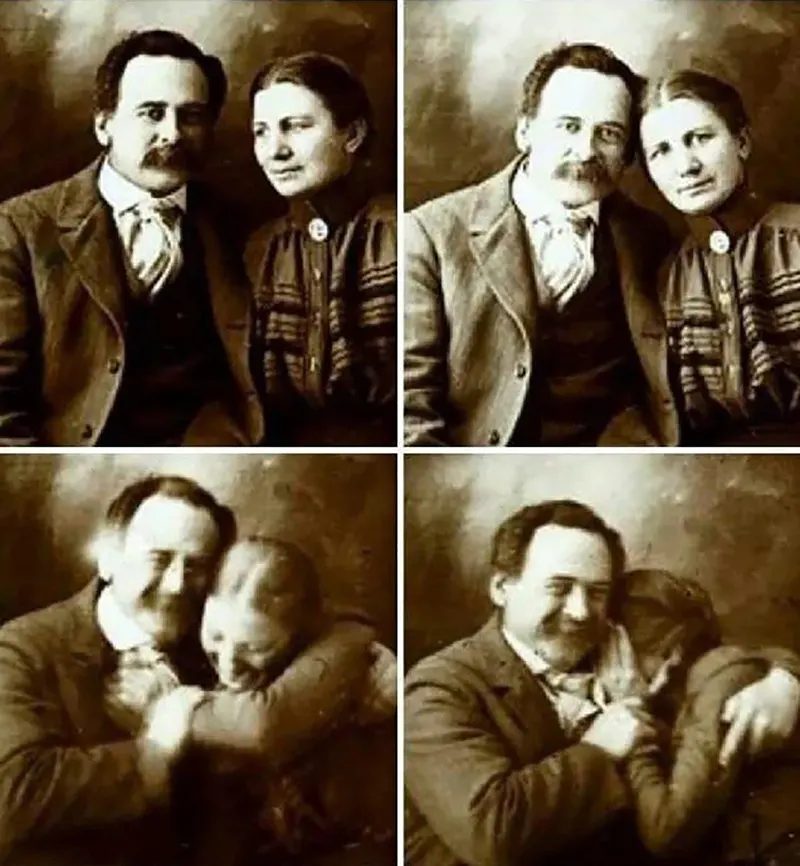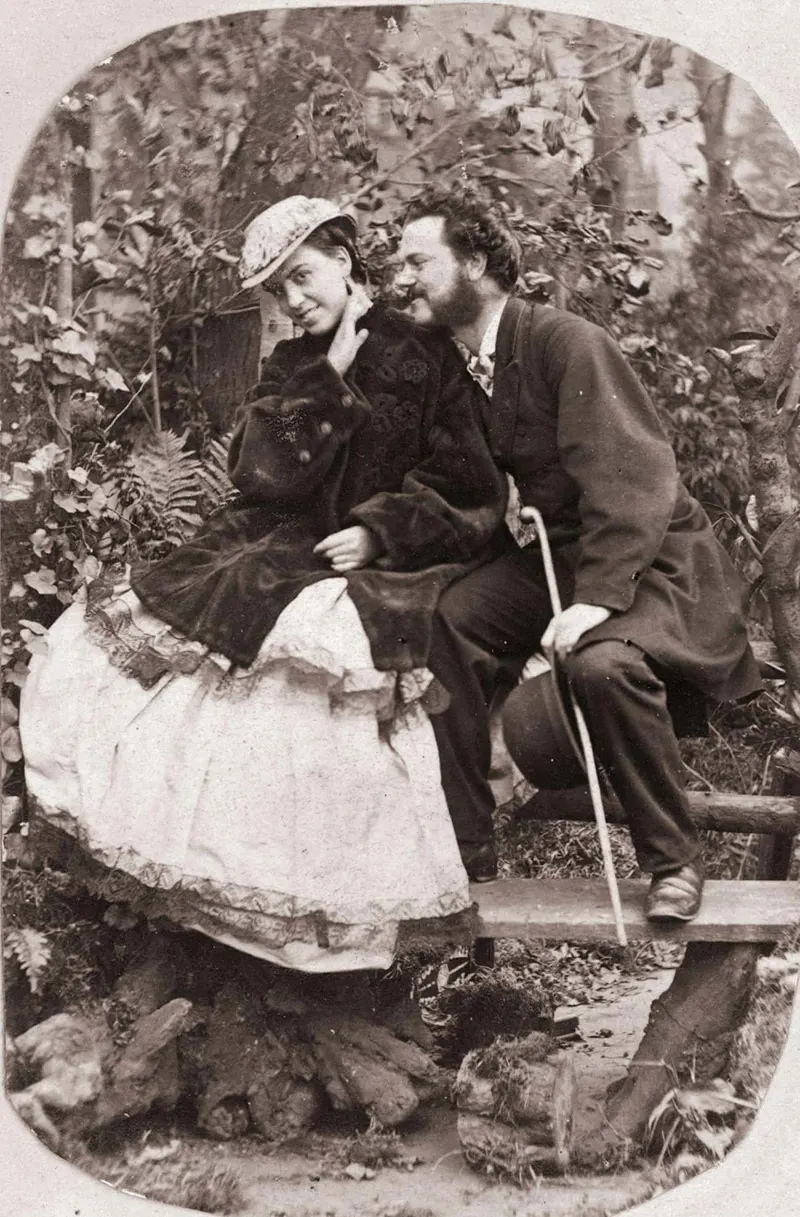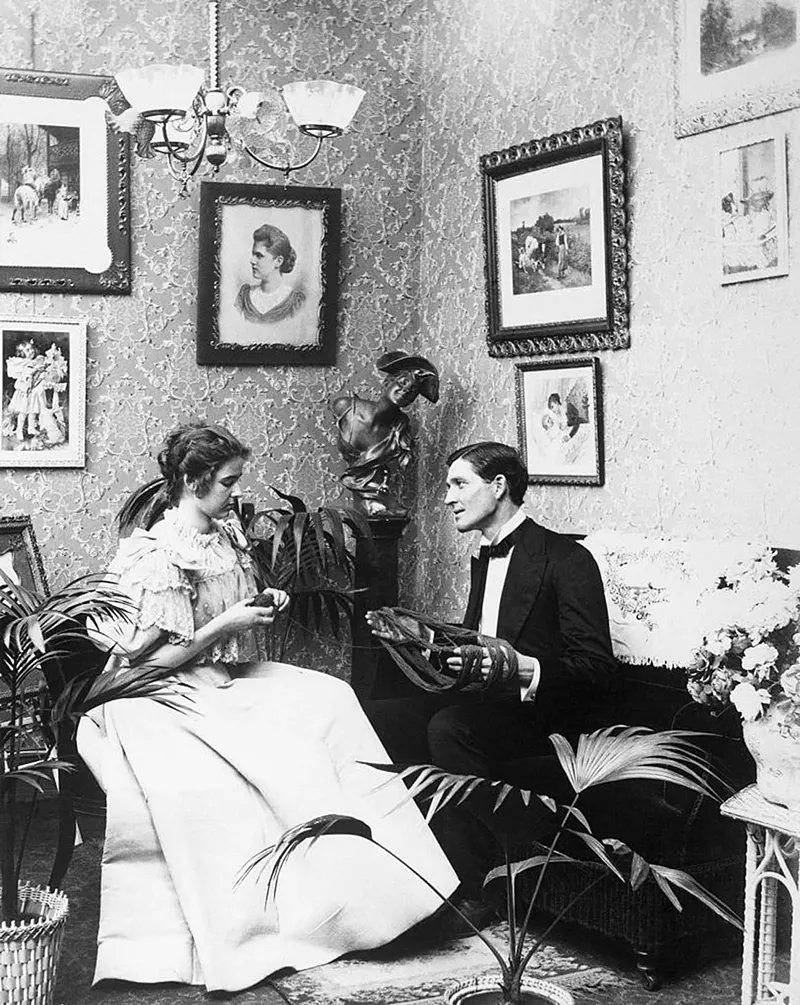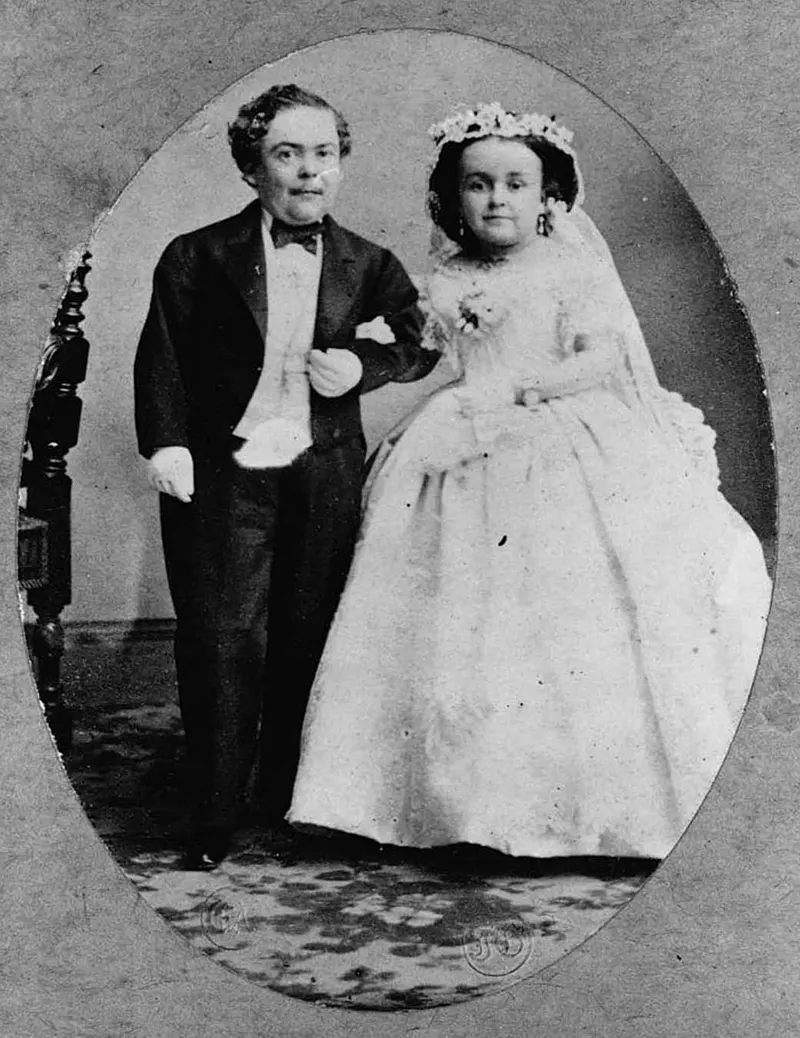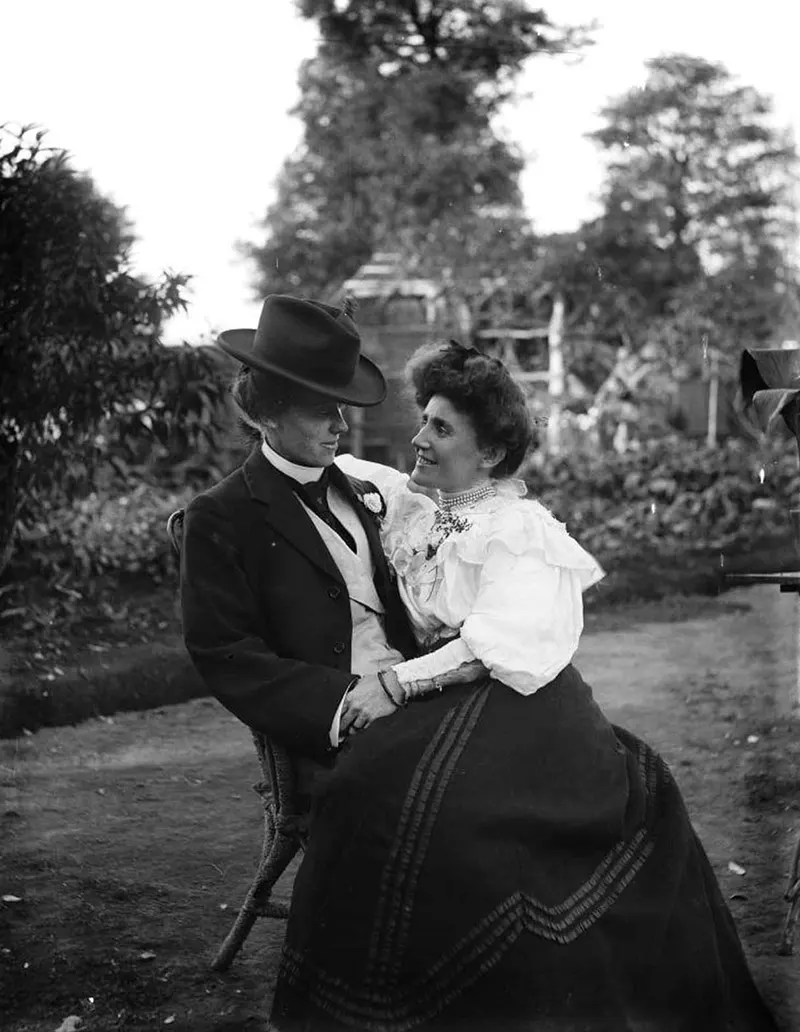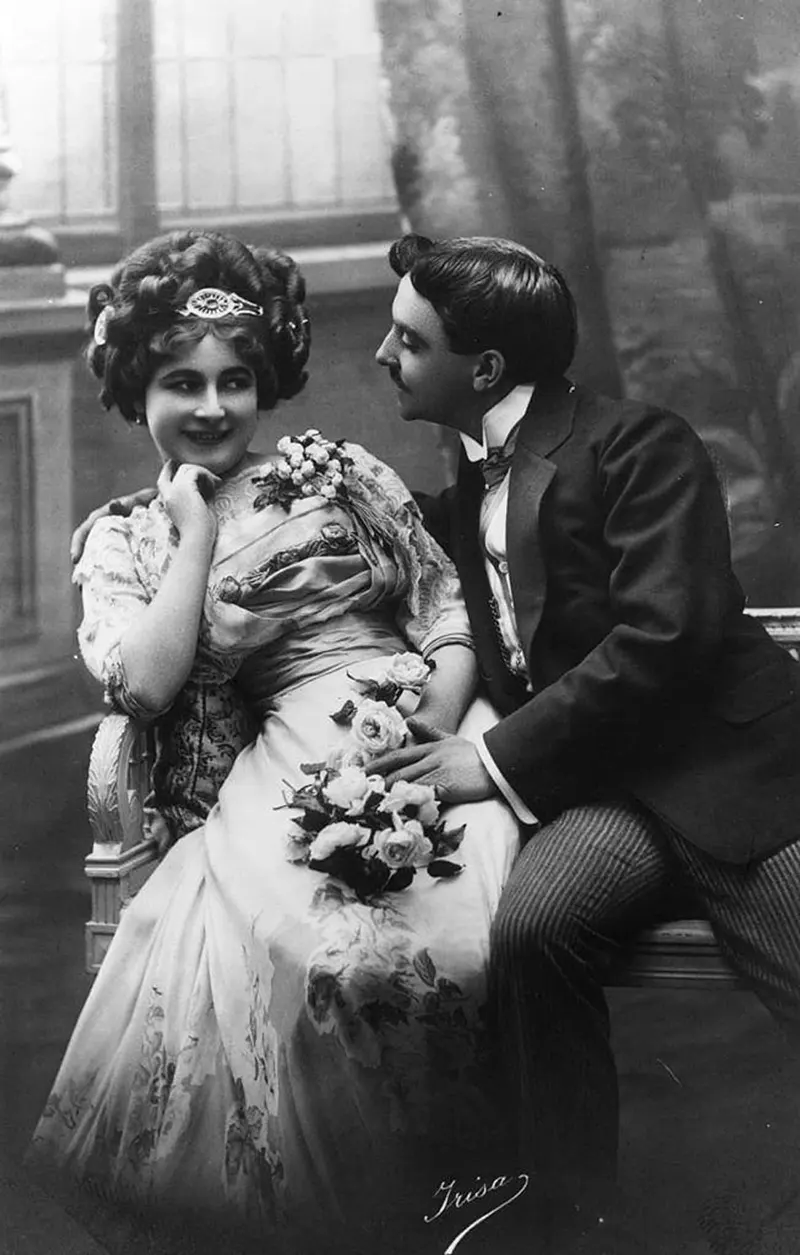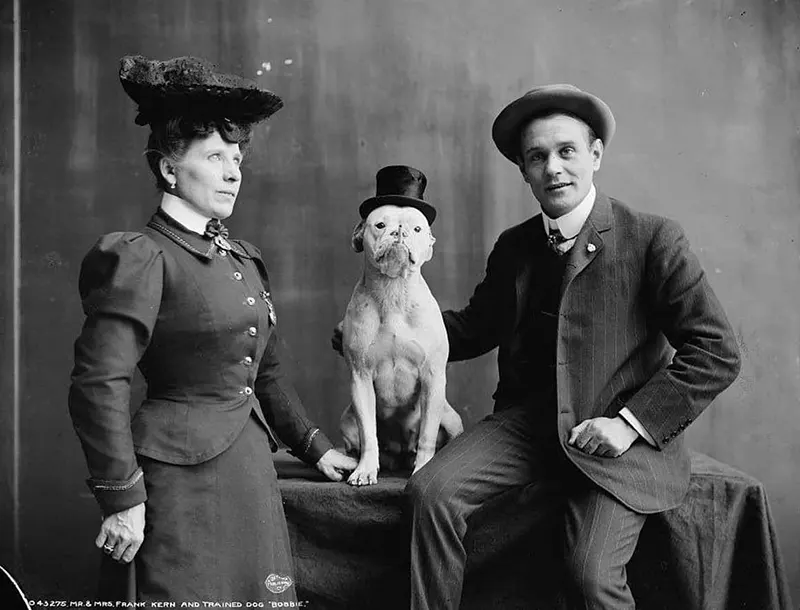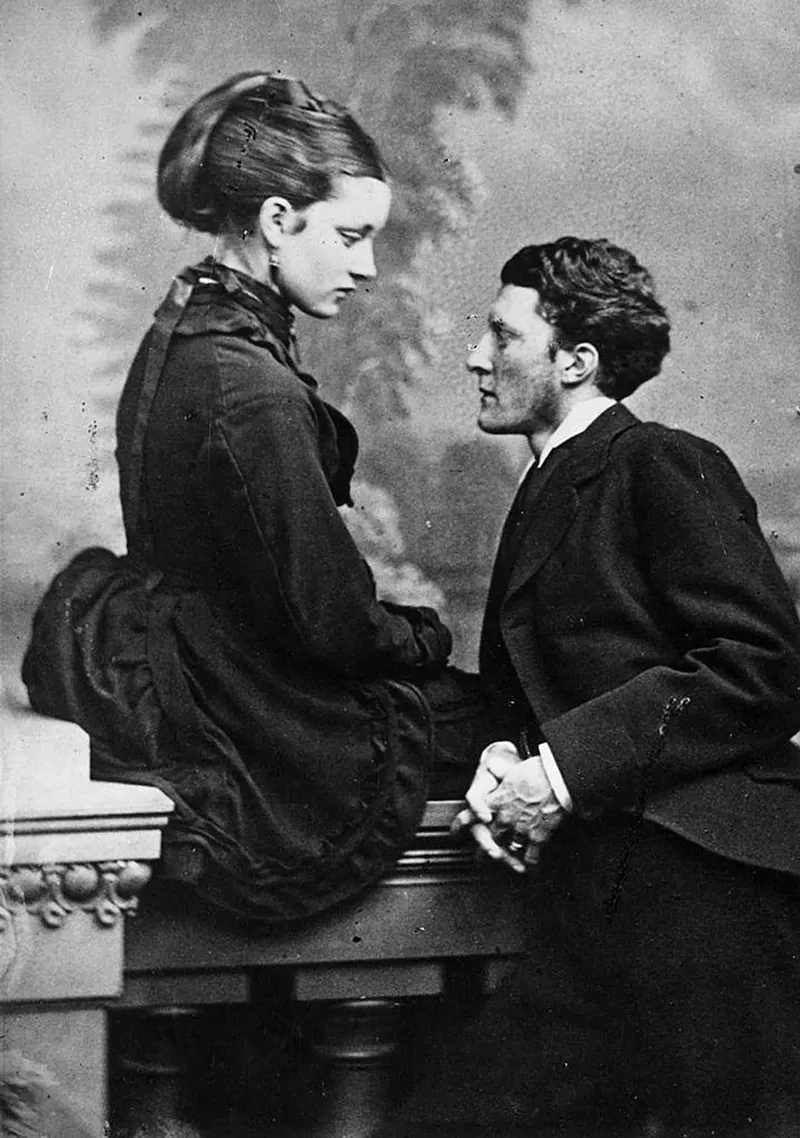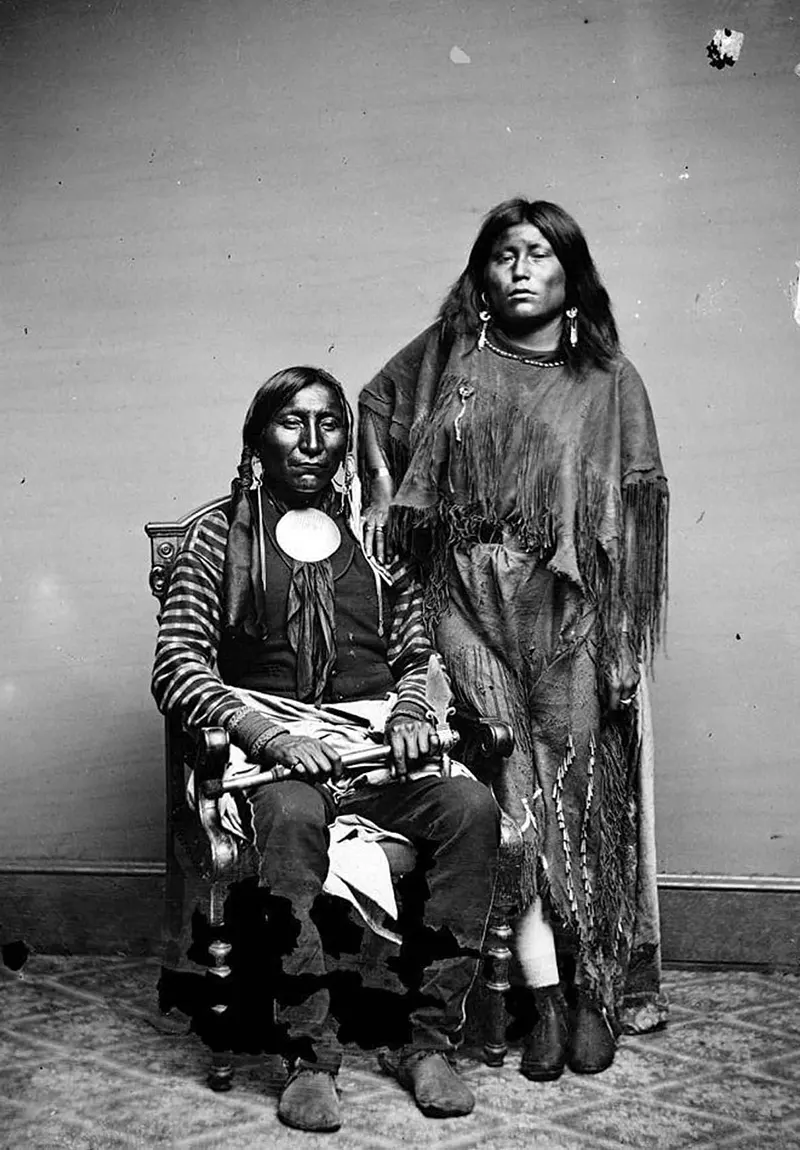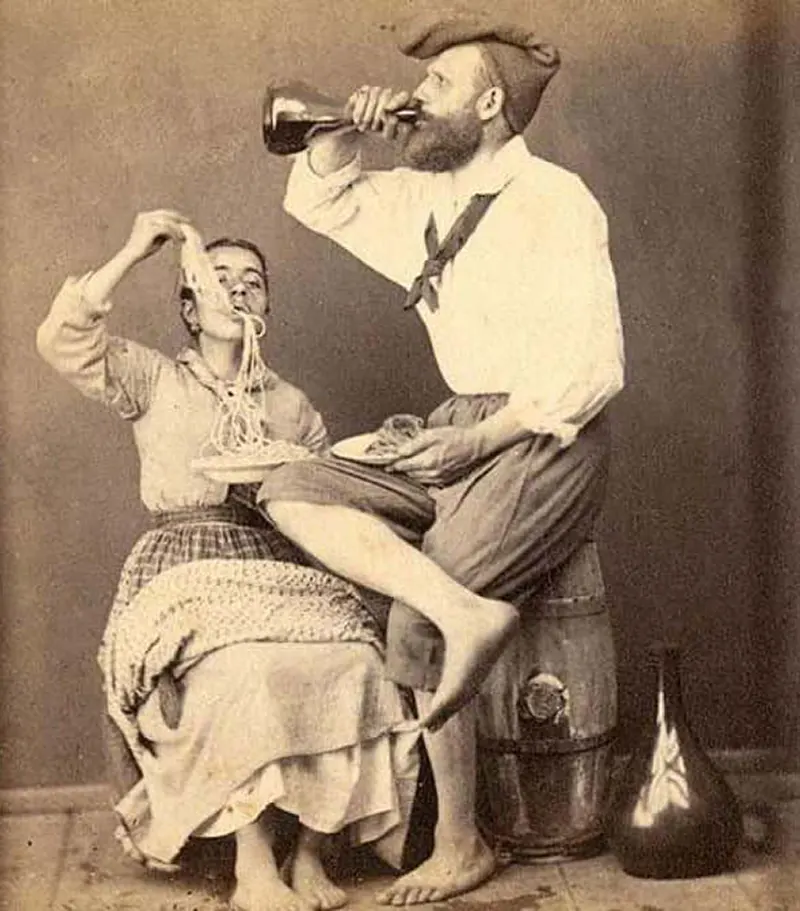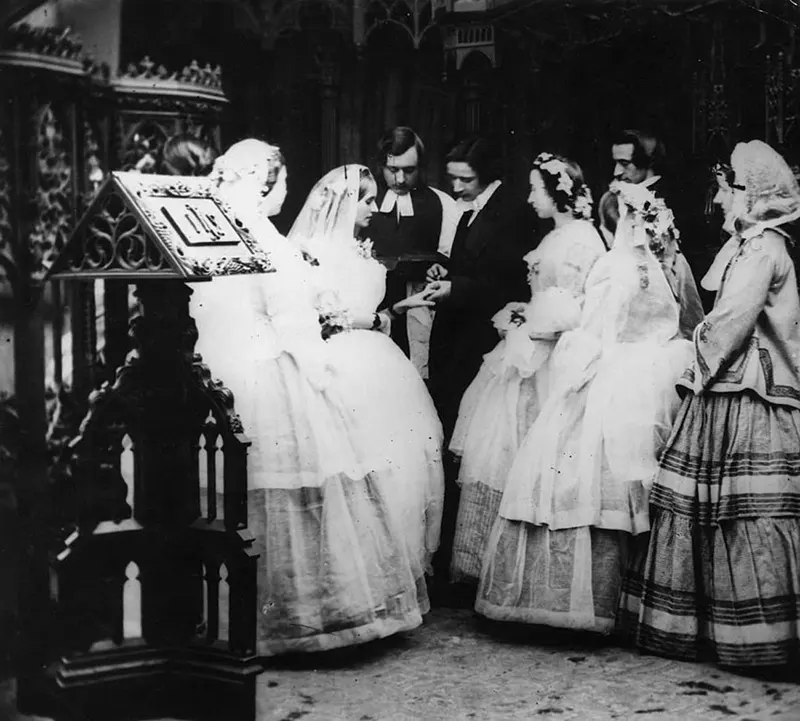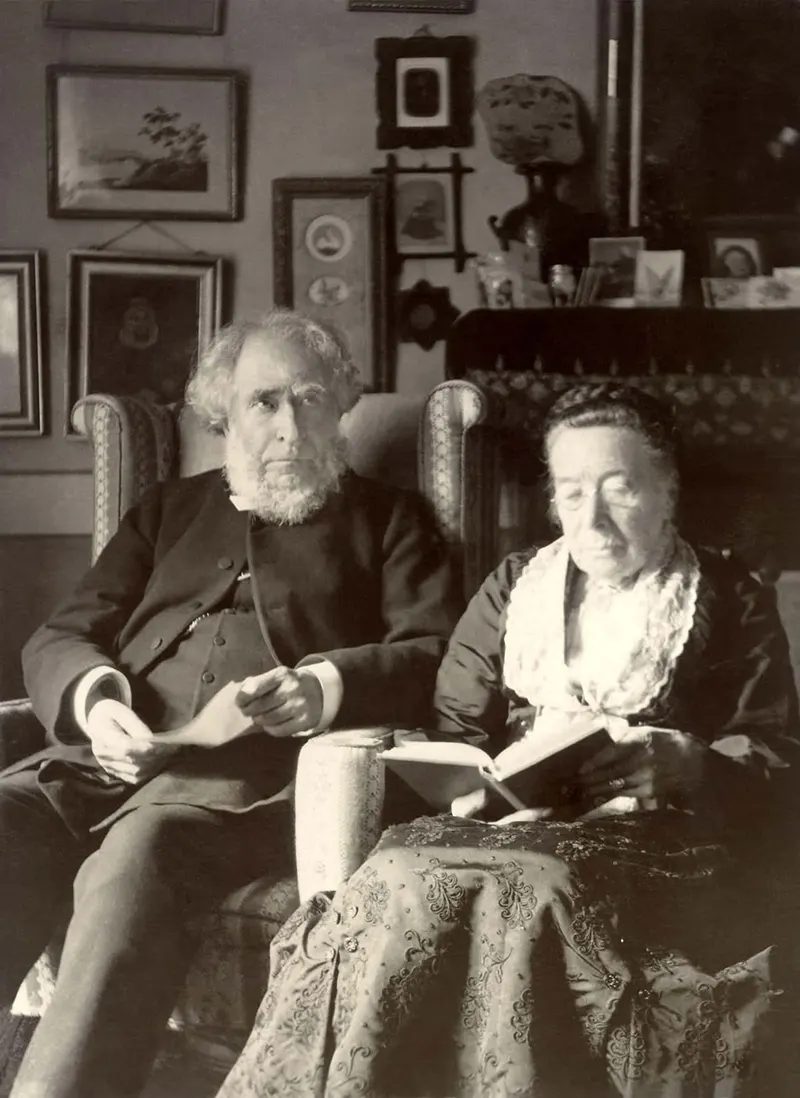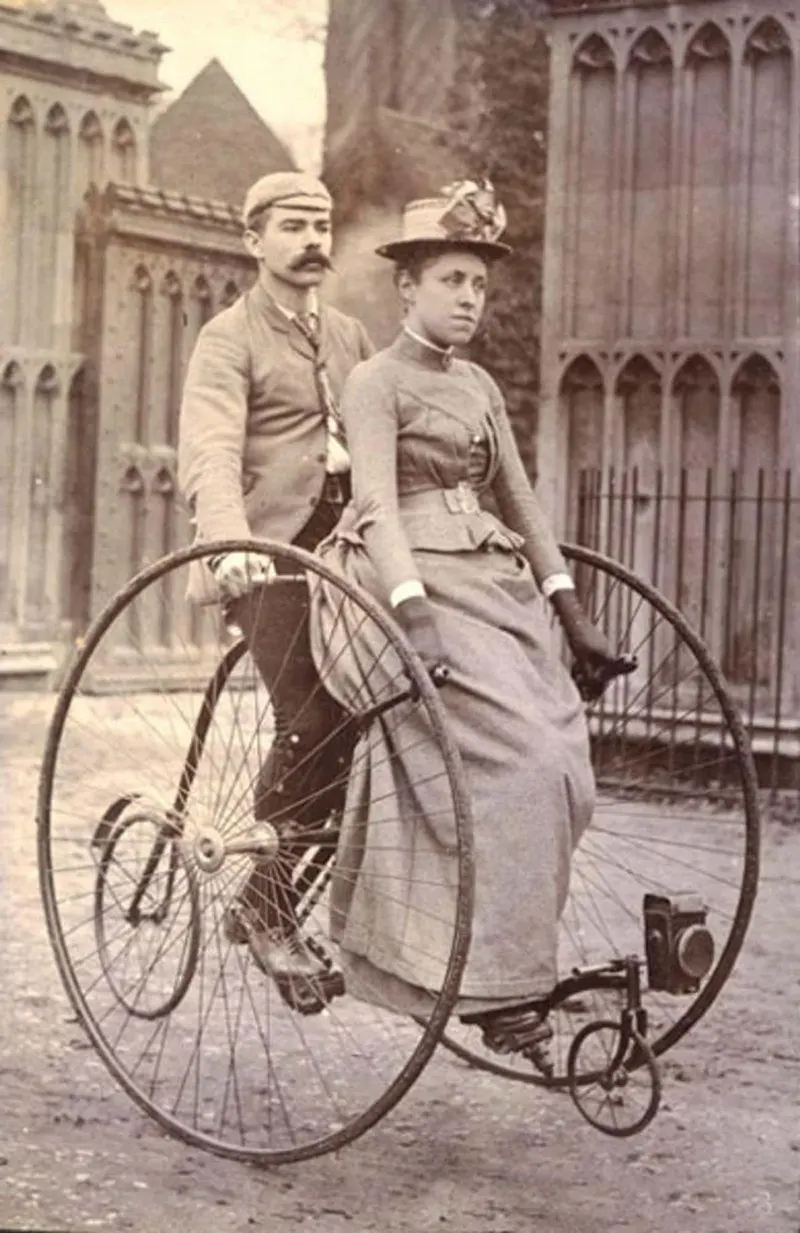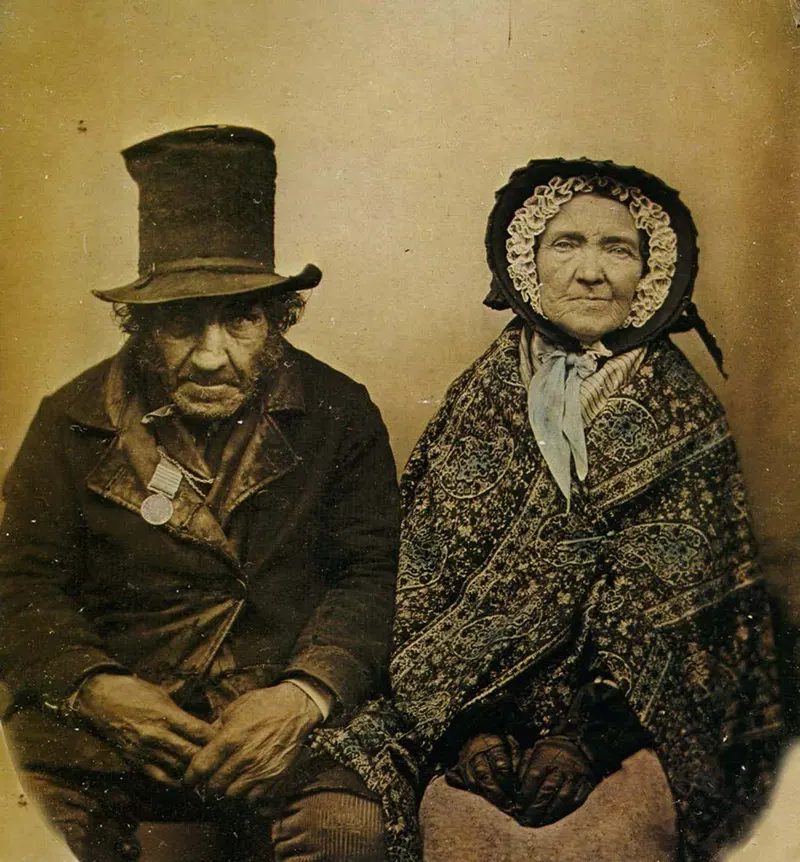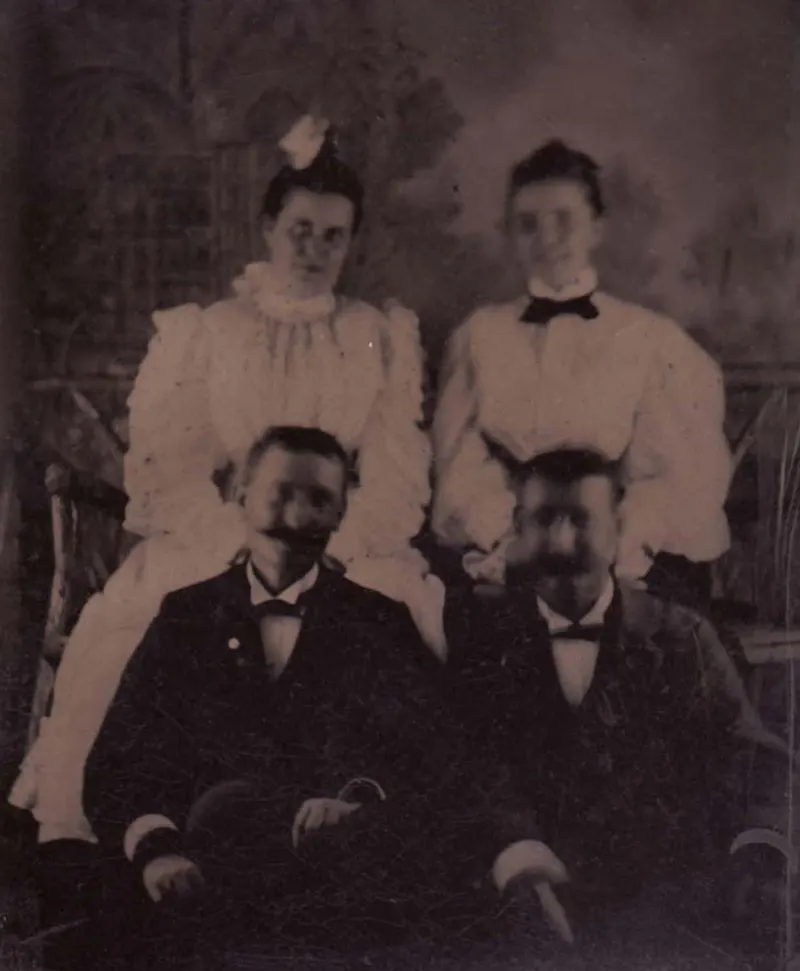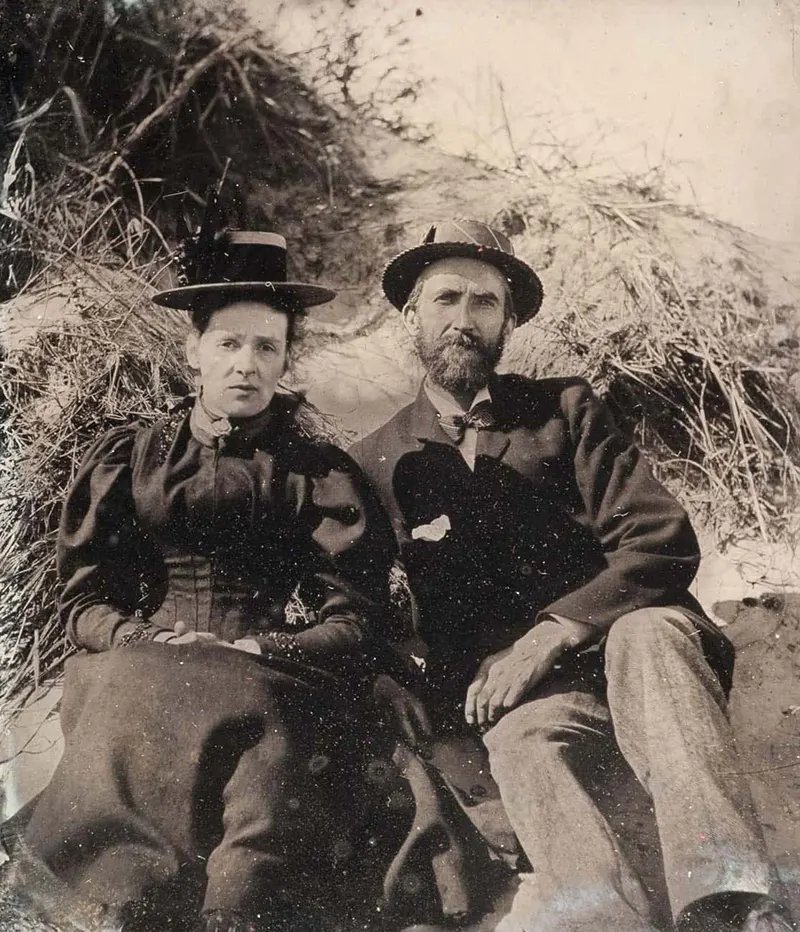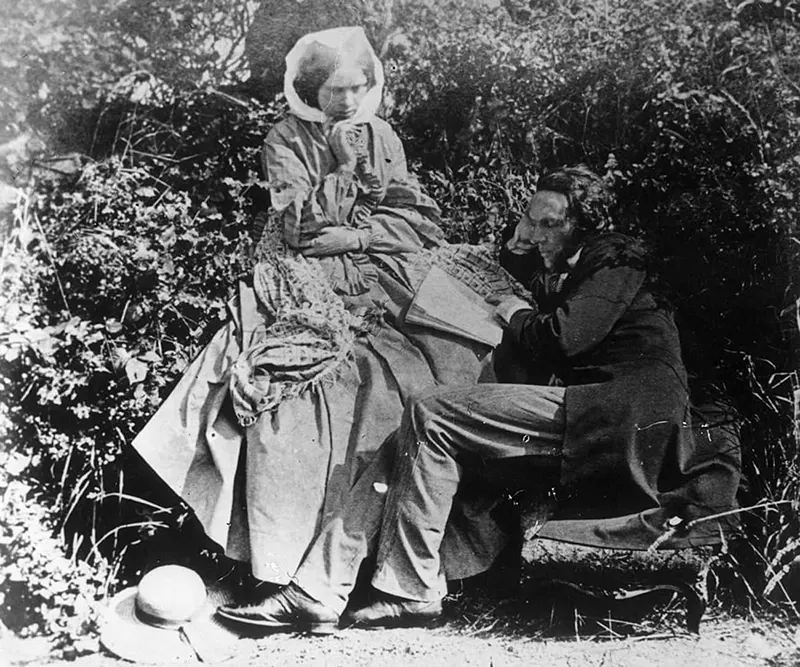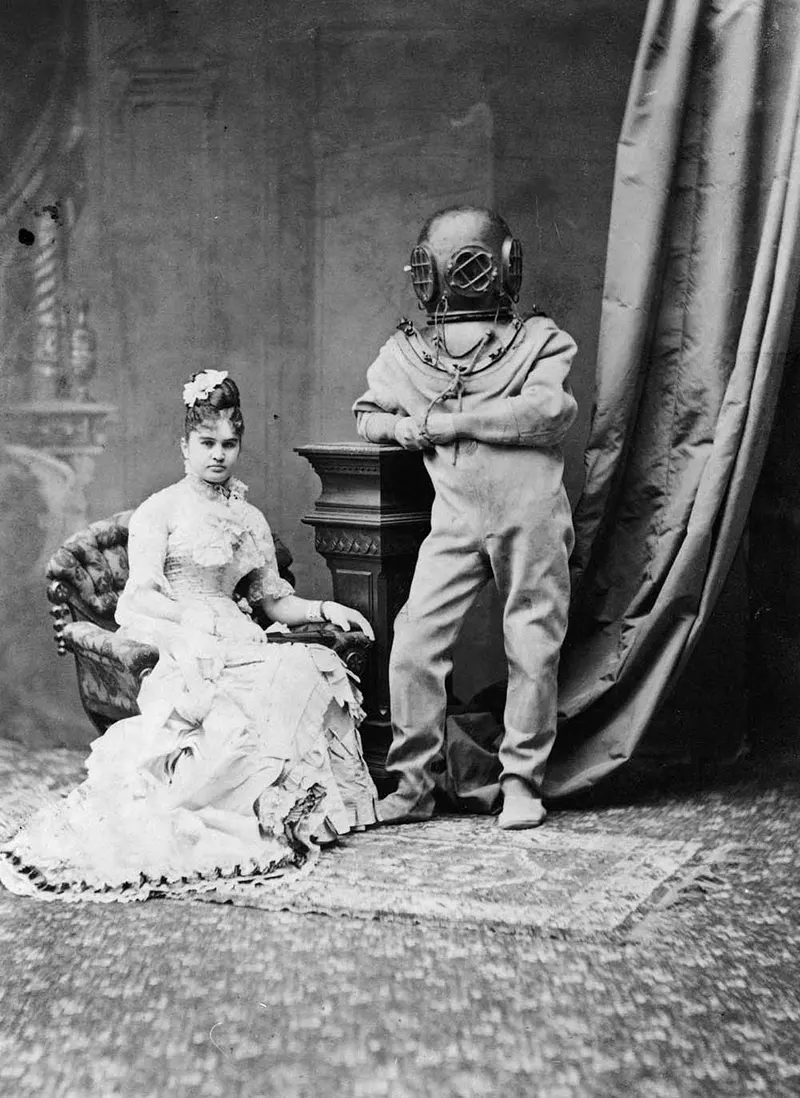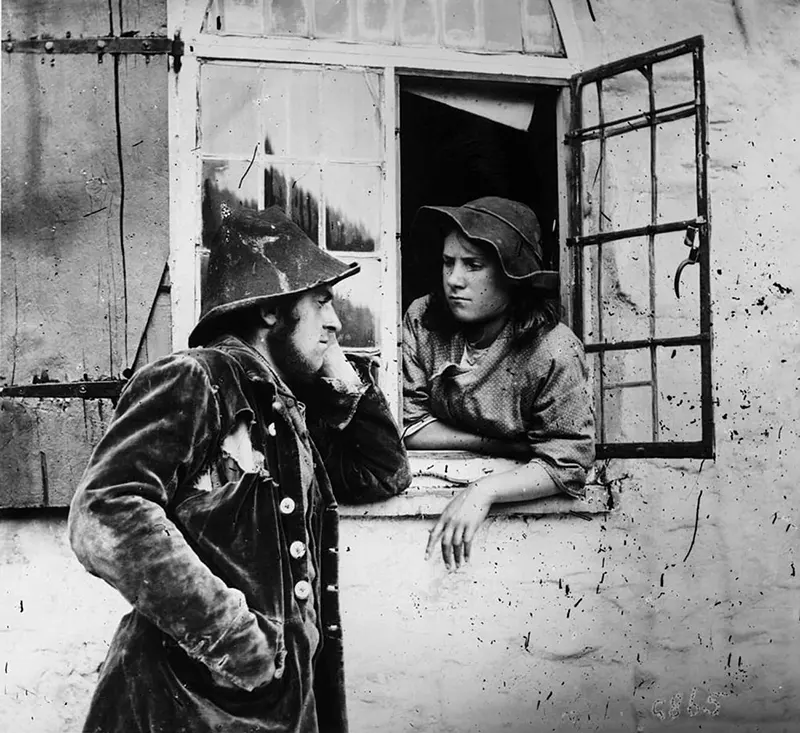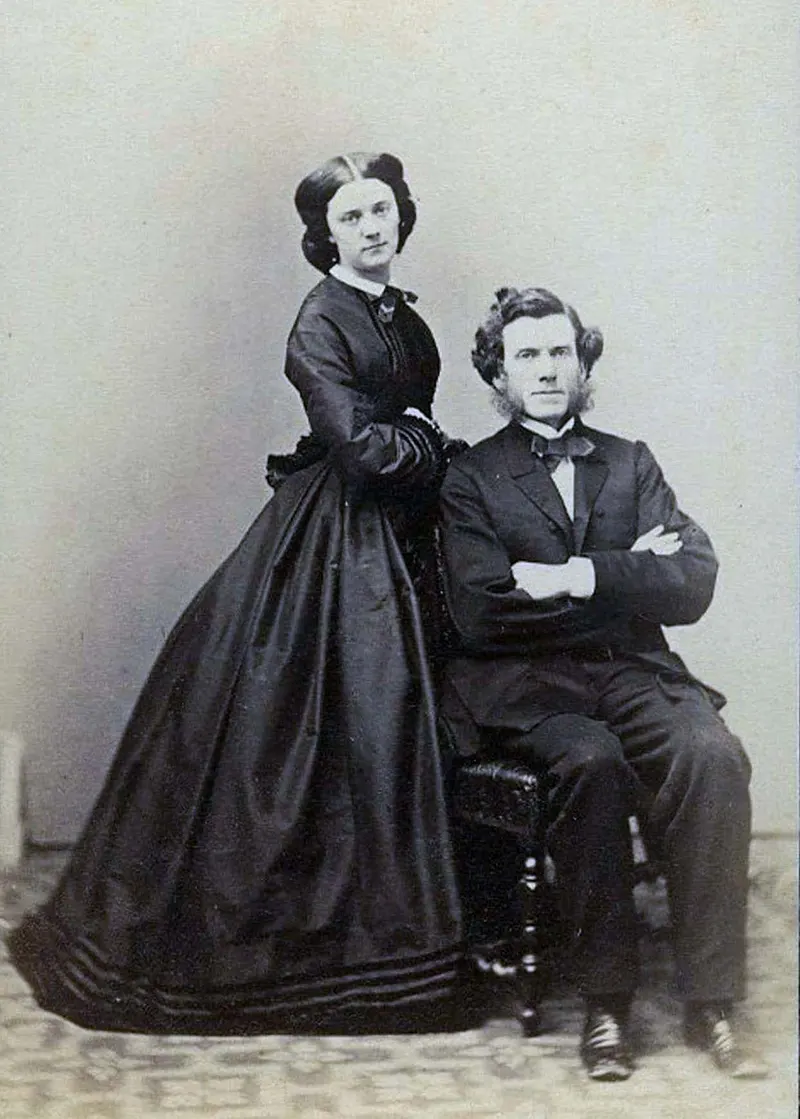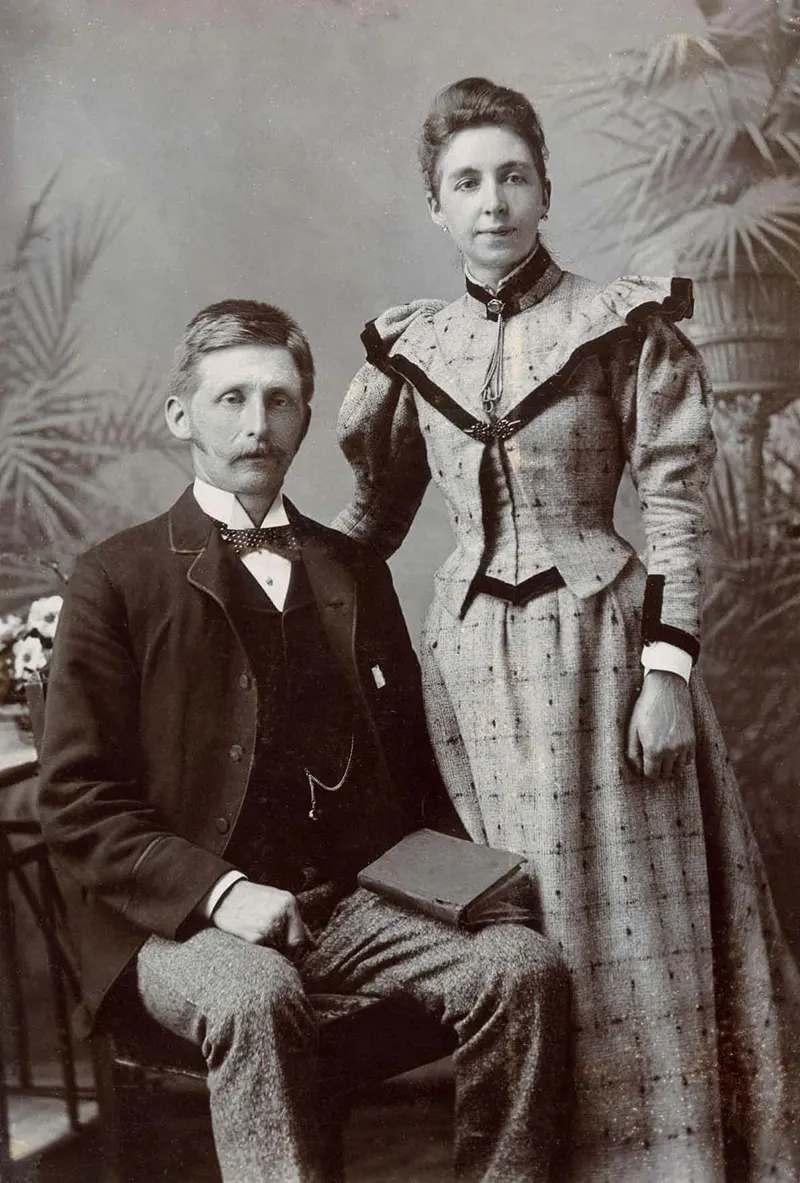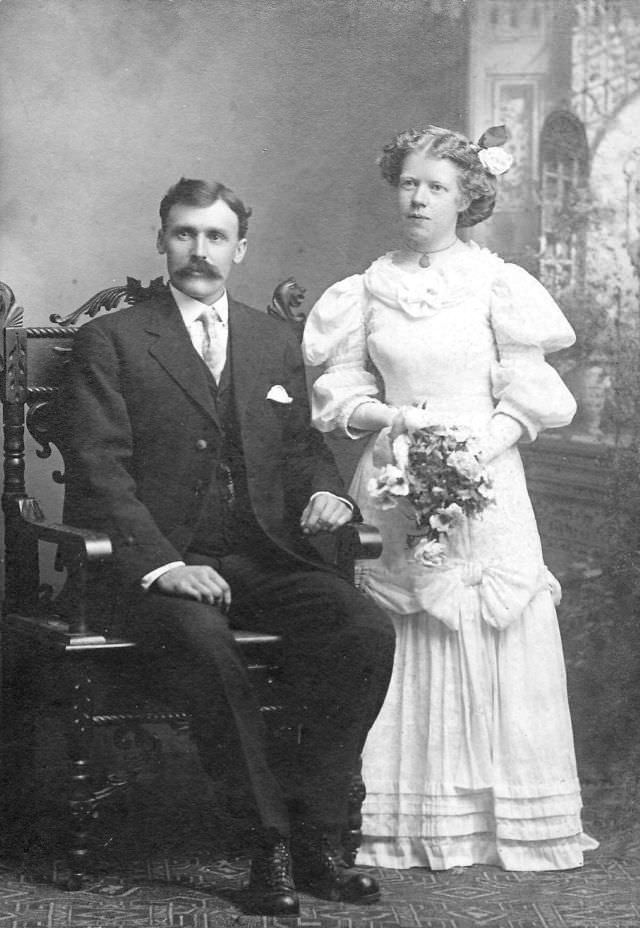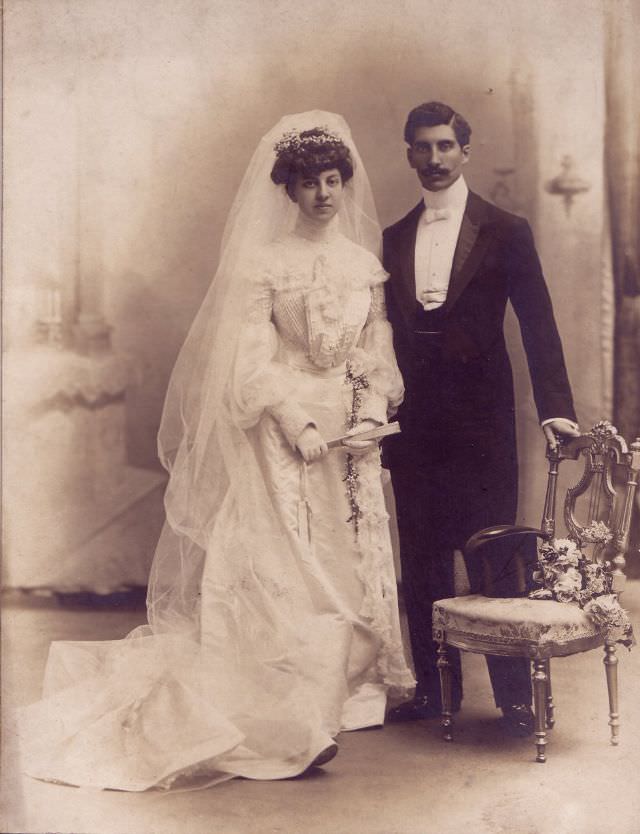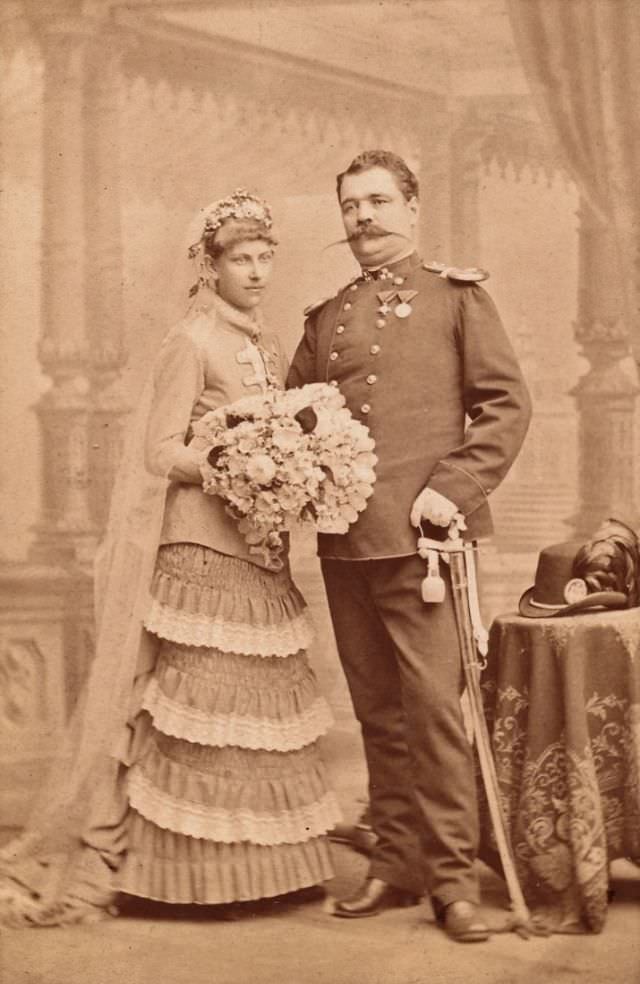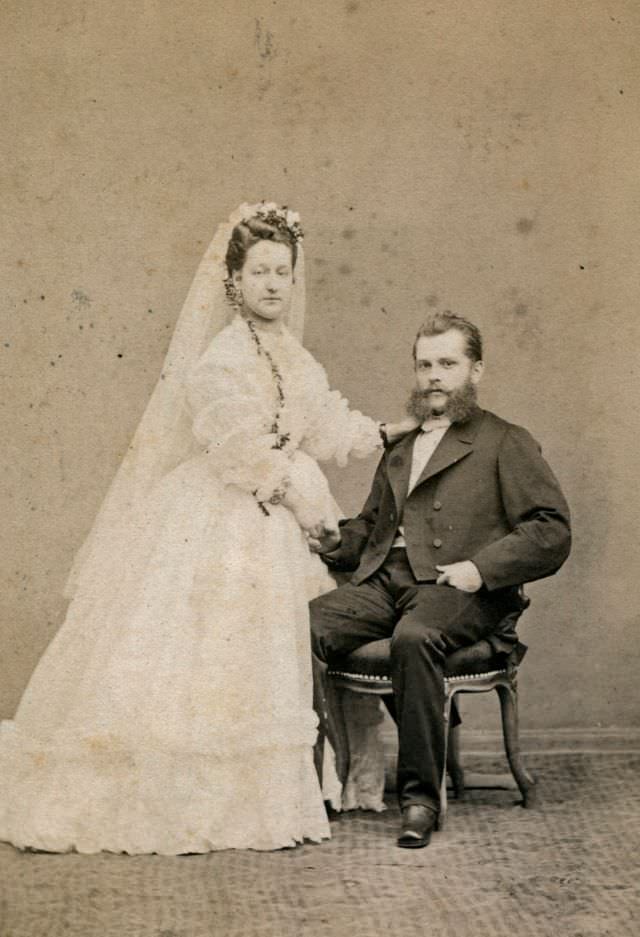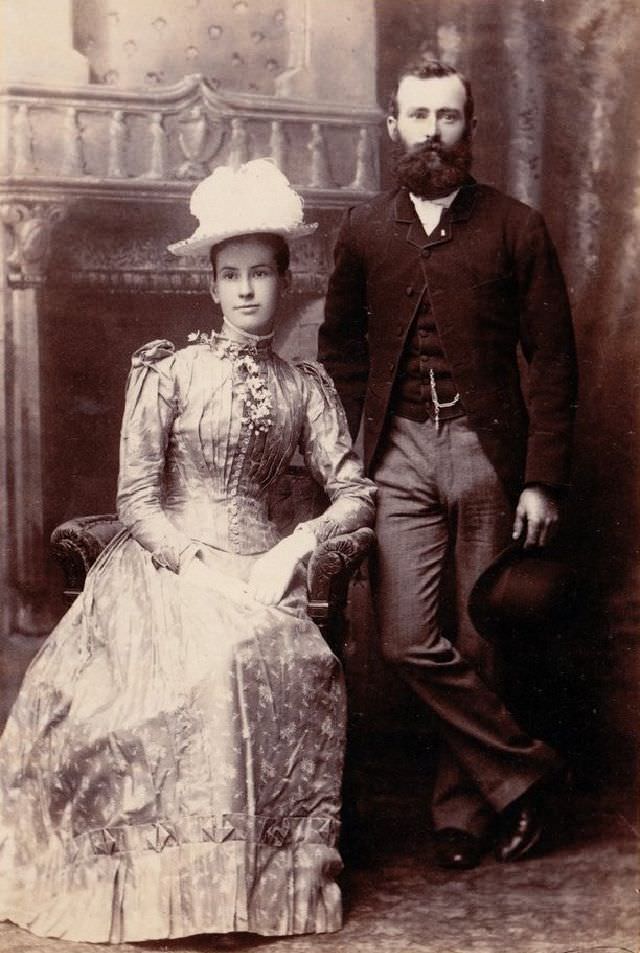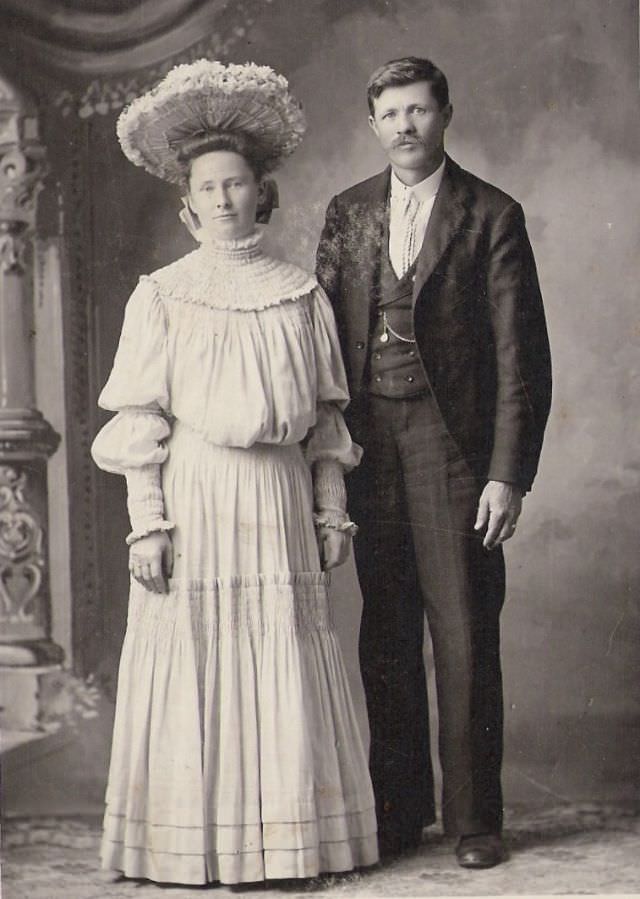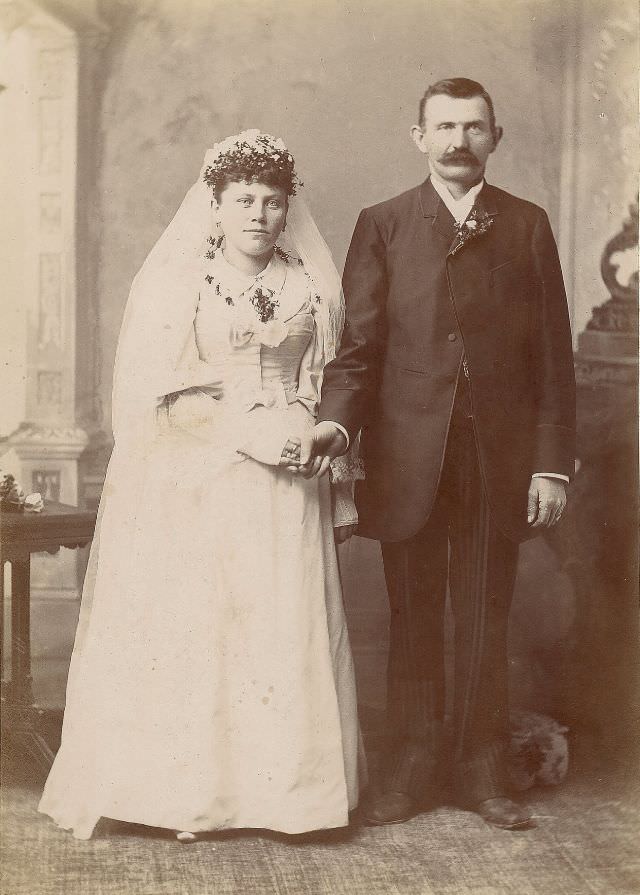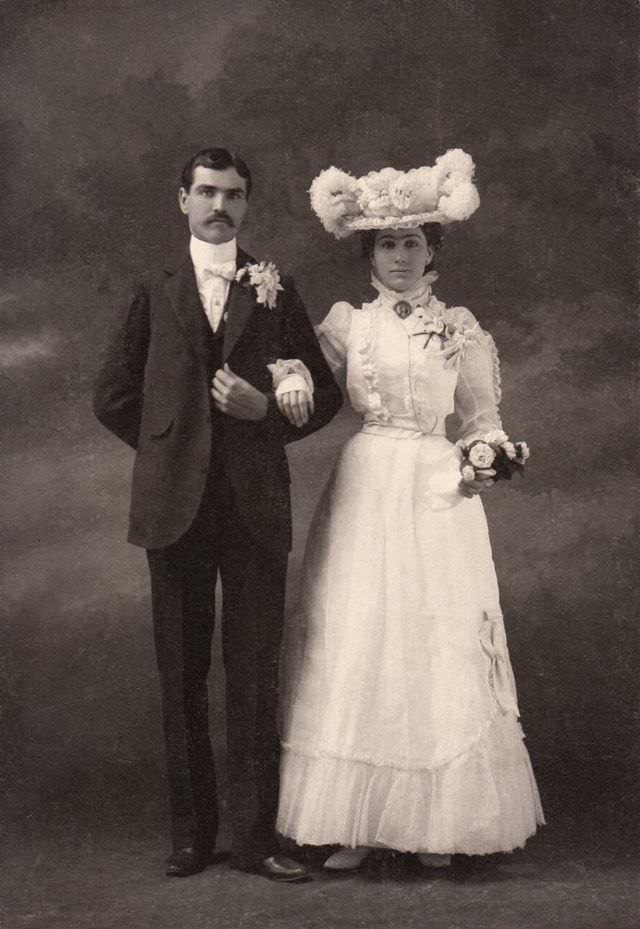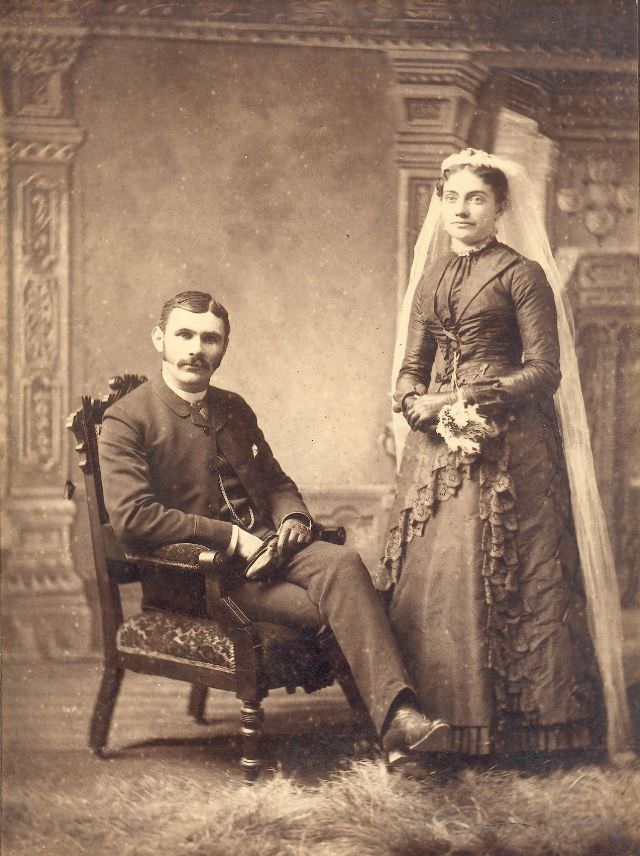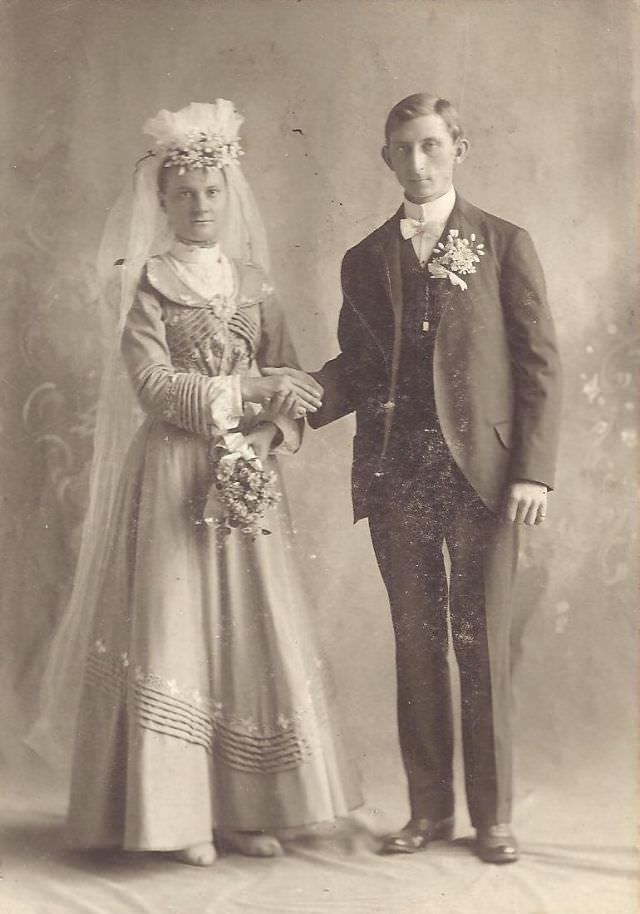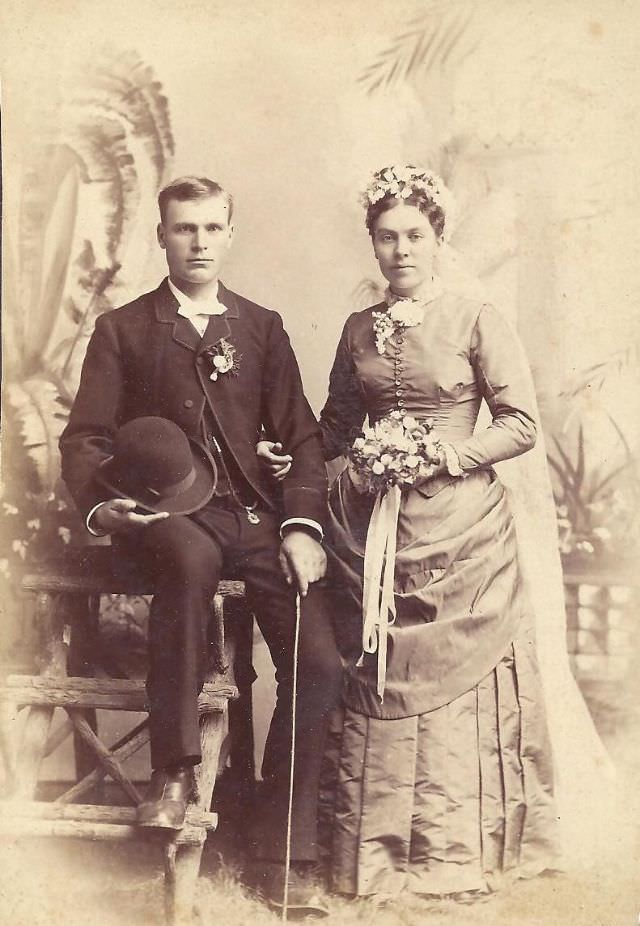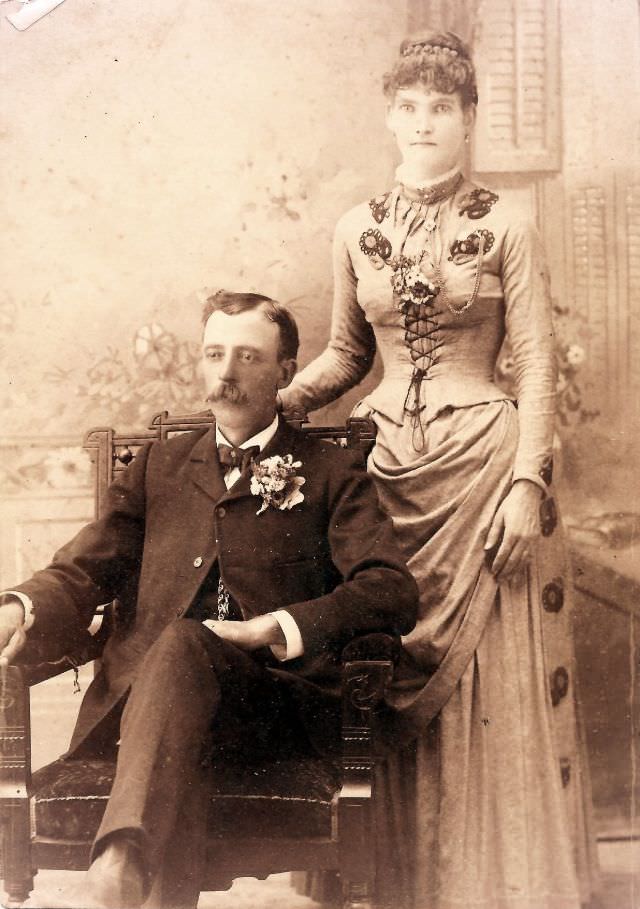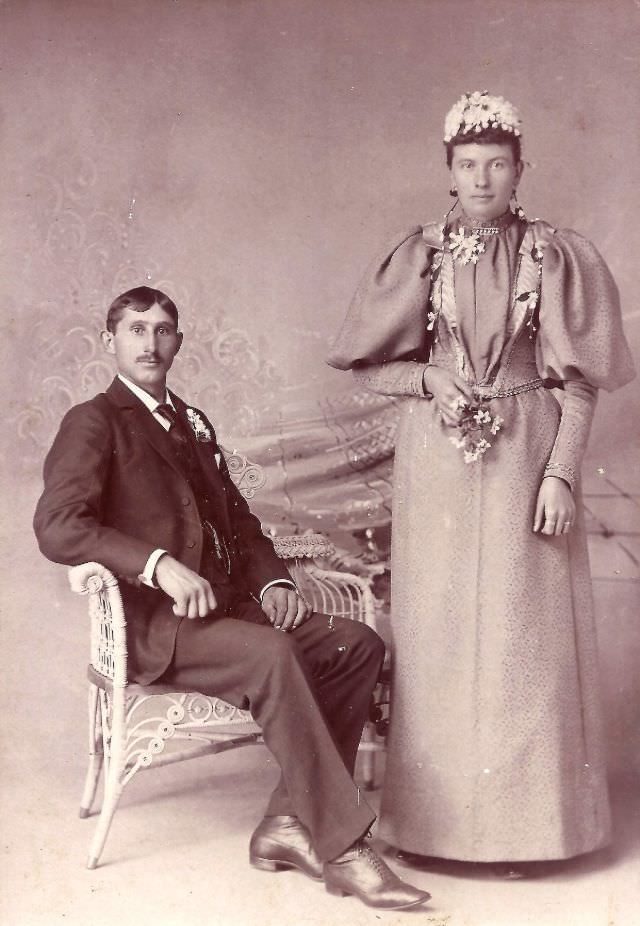In the early 1800s, courtship and marriage were heavily influenced by social norms and family involvement. Romantic relationships often followed a formal process, starting with courtship, which was usually a public affair. During this period, couples might exchange letters and attend social events together, under the watchful eyes of family members or chaperones. Marriages were often arranged or heavily influenced by families, with considerations of social status, property, and family alliances playing significant roles.
Love and Relationships in the Victorian Era
The Victorian era, spanning much of the 19th century, saw a shift in attitudes toward love and marriage. Romantic love began to be more highly valued as a basis for marriage. Couples in this era often expressed their affection through poetry, love letters, and gifts. However, societal norms still required a certain decorum and restraint in public displays of affection. Marriages remained largely influenced by social class and expectations.
Social Activities for Couples
Social activities played a crucial role in the lives of 19th-century couples. Balls, social gatherings, and community events were opportunities for couples to spend time together and be seen in society. Activities like dances, picnics, and evening soirées were common. For the wealthier classes, these events were elaborate and grand, while the working and middle classes had their own versions of social gatherings.
Influence of Literature on Romantic Ideals
Literature had a significant impact on romantic ideals in the 19th century. Authors like Jane Austen and the Brontë sisters portrayed complex romantic relationships, influencing societal views on love and partnership. These literary works often depicted the challenges and triumphs of love, resonating with the experiences of couples during that era.
Marriage and Domestic Life
Once married, the domestic life of couples in the 19th century was often defined by clear gender roles. The man was typically the breadwinner, while the woman was expected to manage the household and children. Despite these rigid roles, letters and diaries from the time suggest that many couples shared deep bonds of affection and partnership. The family was the center of social life, and the home was seen as a haven in an increasingly industrialized world.
They also faced various challenges, including societal constraints, health issues, and economic pressures. Marriages sometimes faced strain due to financial difficulties, especially during periods like the Industrial Revolution. Additionally, the high mortality rates due to diseases and lack of medical knowledge meant that death was a common part of life, often impacting marital relationships.


